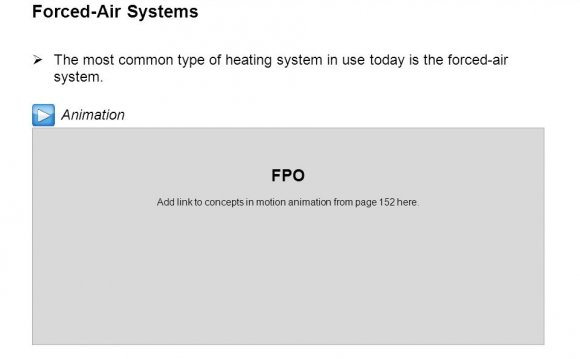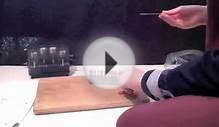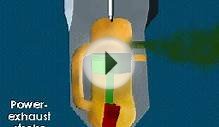
If a picture is worth a thousand words, then an animated gif must be priceless! Below you will find a collection of simple and elegant animations that explain how various things work. From geometry to mechanics and everything in between, these animations help educate and explain how the world around us functions.
Through these animations I hope you will have a greater appreciation for the ingenuity of humans and a newfound respect for the great thinkers and inventors throughout history. Enjoy!
3. How a Pill Press Works
A tablet press is a mechanical device that compresses powder into tablets of uniform size and weight. A press can be used to manufacture tablets of a wide variety of materials, including pharmaceuticals, illicit drugs such as MDMA, cleaning products, and cosmetics. To form a tablet, the granulated material must be metered into a cavity formed by two punches and a die, and then the punches must be pressed together with great force to fuse the material together. [Source: Wikipedia]
4. How Walschaerts Valve Gear in
Steam Locomotives Works
The Walschaerts valve gear is a type of valve gear invented by Belgian railway mechanical engineer Egide Walschaerts in 1844 used to regulate the flow of steam to the pistons in Steam Engines. The gear is sometimes named without the final “s”, since it was incorrectly patented under that name. It was extensively used in steam locomotives from the late 19th century until the end of the steam era. [Source: Wikipedia]
5. What a Tesseract (4D Cube) Looks Like
In geometry, the tesseract, also called an 8-cell or regular octachoron or cubic prism, is the four-dimensional analog of the cube; the tesseract is to the cube as the cube is to the square. Just as the surface of the cube consists of 6 square faces, the hypersurface of the tesseract consists of 8 cubical cells. [Source: Wikipedia]
RELATED VIDEO












